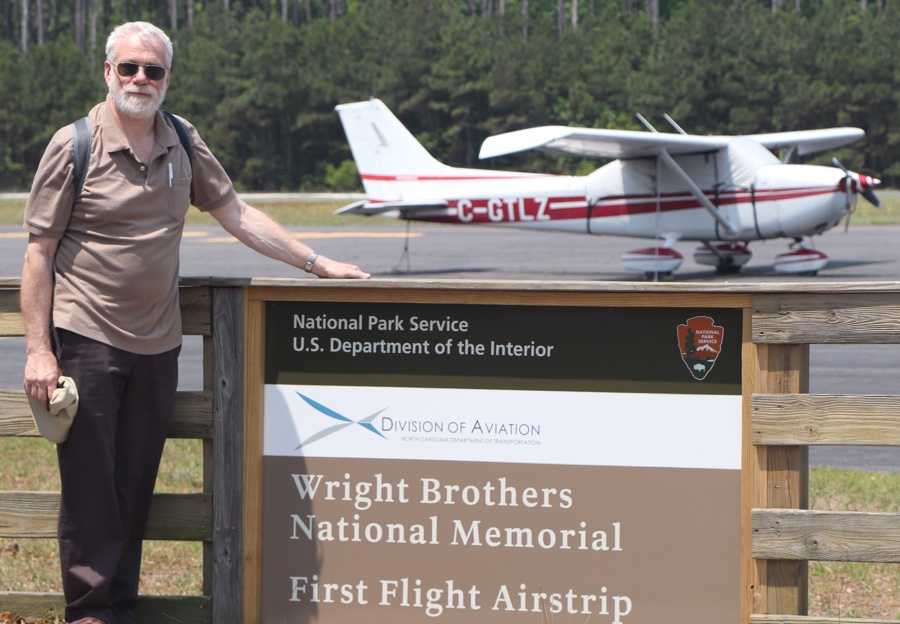

Dominic Ryan


My research interests are centred on magnetic materials which contain frustrated or competing interactions that lead to exotic magnetic ordering behaviour.
Some typical materials of recent interest include:
We have also studied the effects of bond and site frustration using Monte Carlo simulations.
In 2012 we built a fully digital time-differential perturbed angular correlation (TDPAC) spectrometer which currently works with 111In and 181Hf. This is being used to extend our ability to study magnetic ordering in systems that lack a Mössbauer-active element.
Results from these measurements are complemented by neutron diffraction work at the CNBC located at Chalk River, Ontario and µSR at TRIUMF in Vancouver, BC.
In-house facilities include:
Current research projects involve the following Mössbauer resonances:
Conversion Electron Mössbauer Spectroscopy (CEMS)
from room temperature down to 50 K. The system is being used to study the
interplay between magnetic order and layer morphology in a variety of Fe-TM
multilayer systems.
Selective Excitation Double Mössbauer spectroscopy
(SEDM)
as an experimental technique for the study of magnetic relaxation phenomena in
random alloys (such as Invar), spin-glasses (such as amorphous Fe-Sc),
and fine particle systems (such as ferrofluids).
Our systems can be operated between 20K and 500K.
Off-site facilities include:
Despite being one of the first countries to invest in neutron beam research, Canada no longer has a major domestic neutron source.
Users had access to powder diffraction, reflectometry and triple-axis
spectrometers with both polarised and unpolarised beams.
There was
also an extensive array of sample environments available.
Access to the facilty was entirely free and was managed through a peer-review
process operated by the
Canadian Institute for Neutron Scattering
(CINS)
Muon spin relaxation (µSR) at
(TRIUMF)
This user facility is based around the 500MeV cyclotron at TRIUMF and
delivers beams of surface muons to several experimental stations with
access to a wide range of experimental environments.
Our µSR work has centred on the frustrated a-Fe-Zr and a-Fe-Mn metallic glasses.
Some Links
Updated: 25-June-2023 by Dominic Ryan, ERP 425, (514) 398-6534